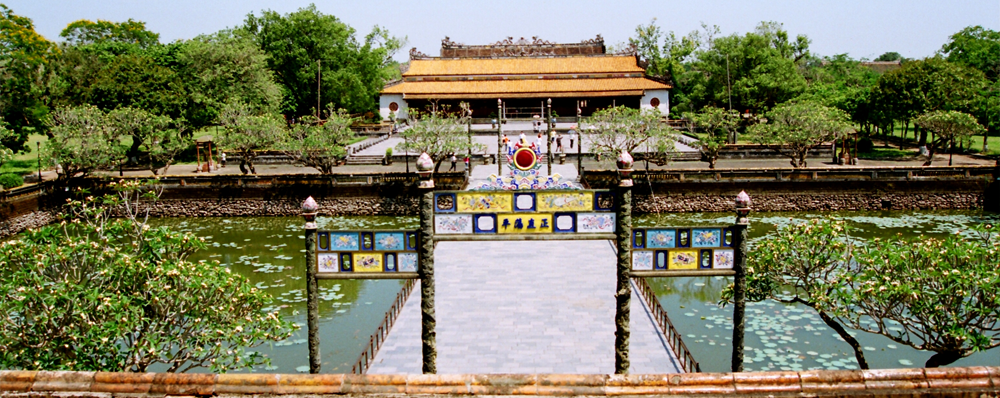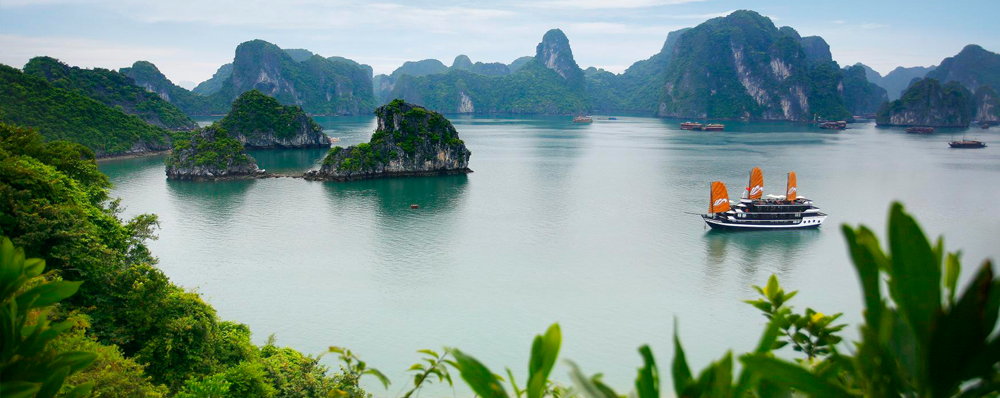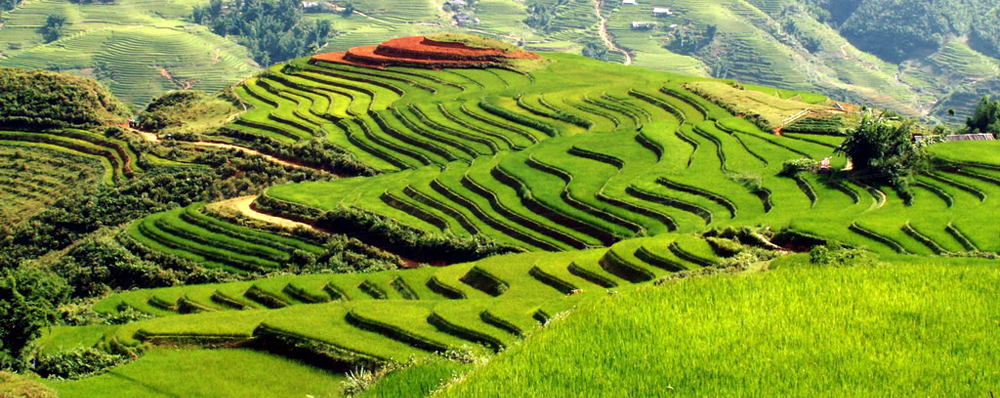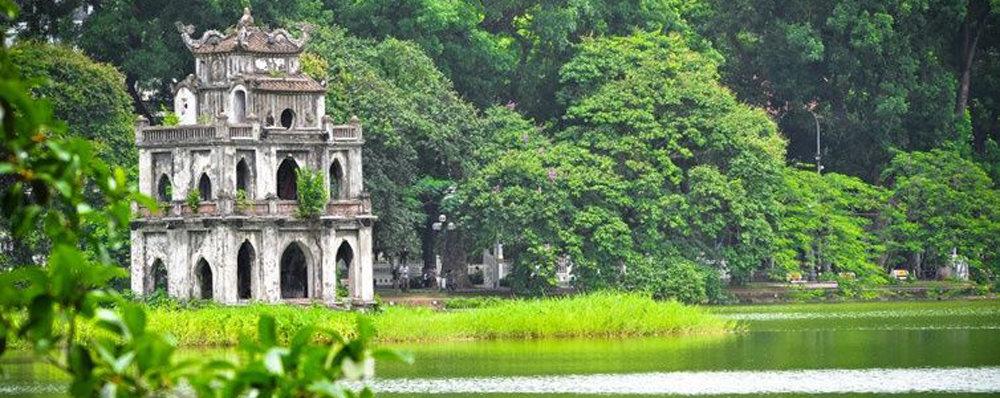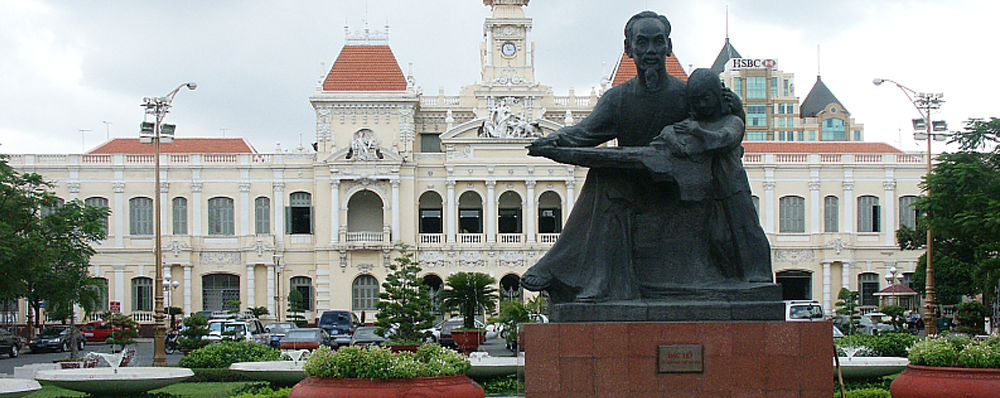Temple to the Whale God is a museum of gigantic skeletons
The southern central province of Binh Thuan is home to famous landscapes, such as the ancient tower Po Sha Inu, the Ong Hoang (Prince) Palace, the Ta Cu Mountain and the famous Mui Ne and Hon Rom beaches, which offer tourists fascinating travel options.
But another destination that you cannot miss is Van Thuy Tu – one of the oldest fishing villages in Southern Central Viet Nam. Van means "village" and Thuy Tu means "beautiful water".
The Van Thuy Tu temple is located on the Ngu Ong Street of Phan Thiet City. It is considered the largest museum for whale skeletons in Viet Nam and Southeast Asia.
The Van Thuy Tu temple was built by Thuy Tu villagers in 1762 to worship the Whale God. The temple's architectural style follows the traditional style used in the fishing villages of Central and South Central Viet Nam, facing towards the East. Its roof is covered by Yin-yang tiles, depicting the images of dragons and unicorns.
The entrance ticket to the temple includes a tour guide.
In the show room, the most impressive site for visitors is a set of a whale skeleton, which is 22 metres long. It was restored in entirety by the Nha Trang Ocenography Institute in 2003 and is considered the largest intact whale skeleton in South East Asia.
Visitors can touch the tube bones, which feel as stiff as steel.
Next is the chamber for worshipping the sea gods, such as the Thuy Long Thanh Phi Goddess, the Hi Hoang Thai Hieu Tien Su God, and the Dragon God.
Behind the worshipping chamber is a large space containing more than 100 sets of whale skeletons.
Nearly half of them dated between more than a century and 150 years ago, including many massive skeleton sets that are worshipped solemnly and respectfully.
The last chamber is for worshipping the ancient people, who explored this land and established the village. There are some artefacts, such as fishing boats and conical hats of militiamen, who protected Vietnamese sea sovereignty, which make visitors feel nostalgic about the past.
"In the past, the temple area was a coastal sandy beach that was very wild. This was also treated as a burial place for dead whales drifting in from the sea," said Nguyen Minh Tuan, a local teacher.
"Traditionally, the first fisherman to discover a dead whale was considered ‘the firstborn' of ‘Mr Whale' and would be tasked with organising the funeral and had to mourn for three years," he added.
The temple is located near a large land mass, which is a burial ground for the whales and is called the Jade Kylin Holy Land.
This is also the place where the locals hold ceremonies, such as as the spring festival and rituals for rice crops.
But the most important festival for all fishermen in Phan Thiet is the cau ngu festival, where they wish for prosperity, good weather and bumper harvests.
According to local legends, after the temple was built, a storm accompanied by heavy rains had lashed the area.
During three stormy days, a number of fishing boats were stranded off the coast, and they were helped by "Mr Whale". But "Mr Whale" died because of exhaustion after helping push the fishing boats to shore safely.
That is why Vietnamese inhabitants in the coastal fishing villages from North to South respect whales.
According to a scientific explanation, whales rescue fishing boats during the storm because they are also unable to navigate the big waves and are looking for a fulcrum to cope with onslaught of the waves.
The fishing boats leaning on the whale also have more chances of surviving as both the boat and the whale are pushed ashore by the waves.
Sometimes the whale is exhausted and dies. Sometimes "he" will safely return to the sea after the storm.
The temple is an ancient monument that has been ordained 24 titles by the kings of the Nguyen Dynasty (1802 to 1945). Particularly, King Thieu Tri, who granted titles to the temple 10 times.
The locals said that according to legend, during the war against the previous Tay Son Dynasty, the generals of the Nguyen Lords were rescued several times by the whales at sea.
The temple was recognised by the Government as a historical relic at the national level in 1996.
Its manager, Huynh Van Thanh, pointed out that a fishing festival is held at the temple on June 20 of the lunar calendar every year.
"During the festival, locals hold solemn ritual sacrifices, sing folk songs and play folk games, including holding a sailing competition," he added.
Source: VNS
